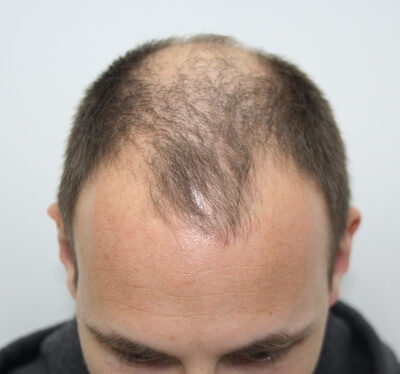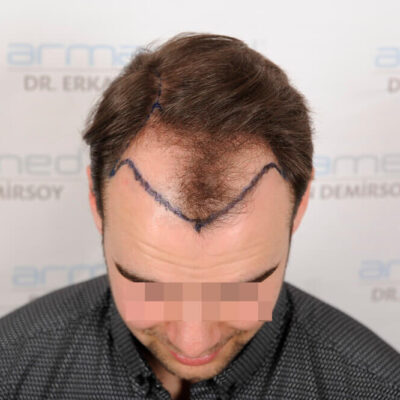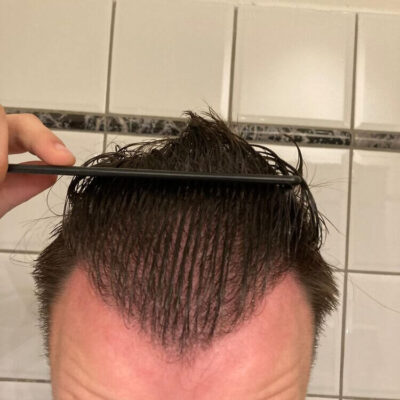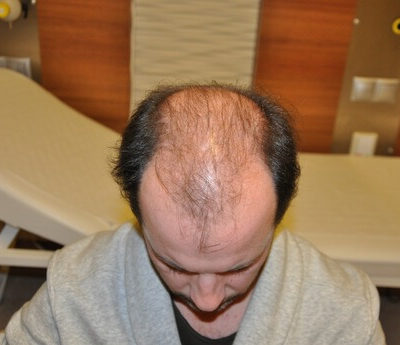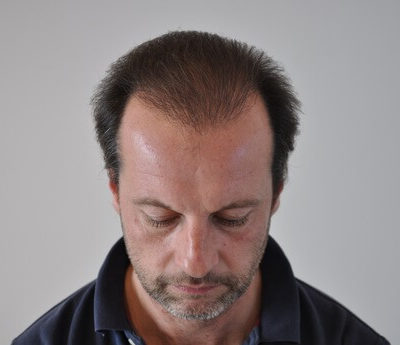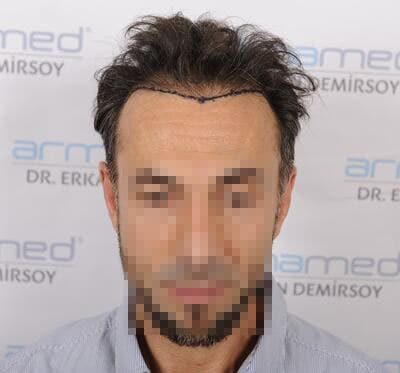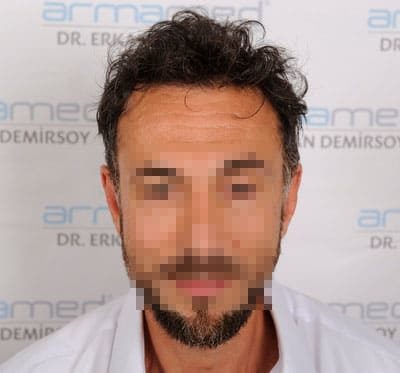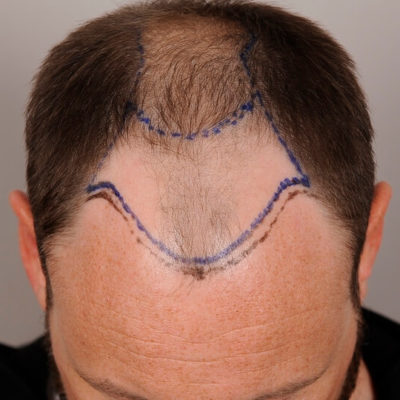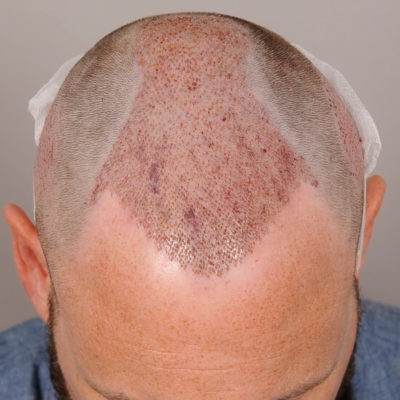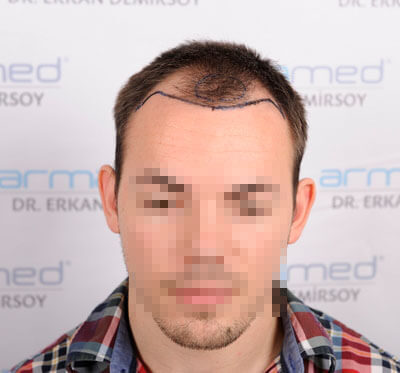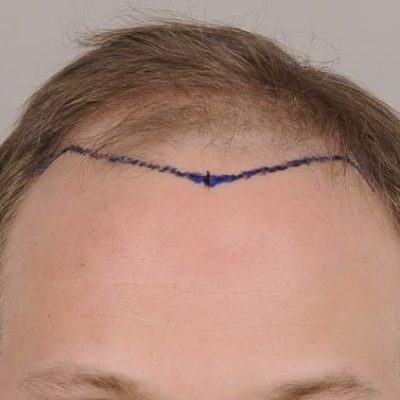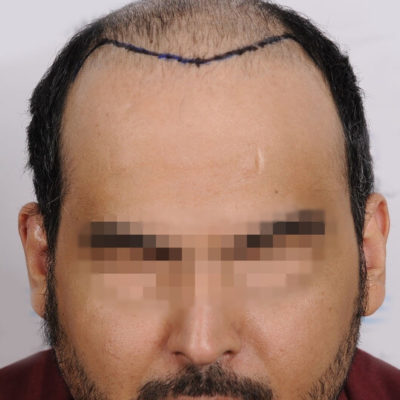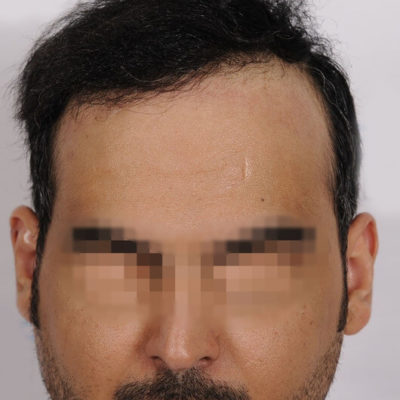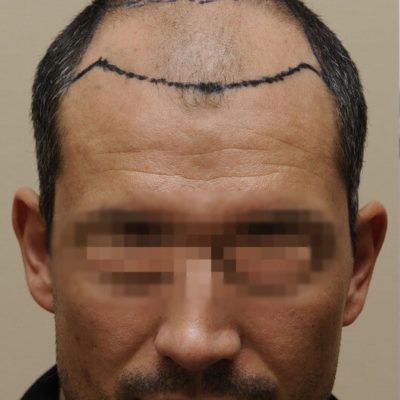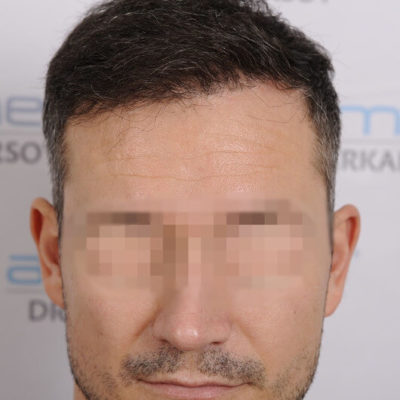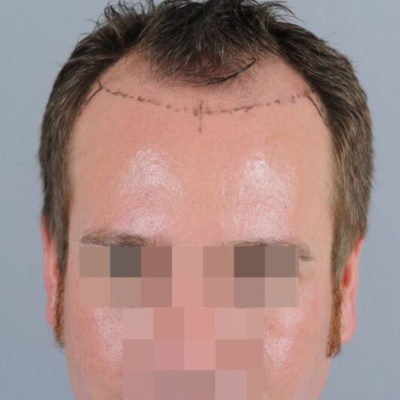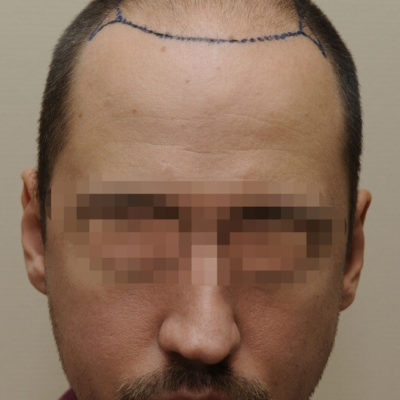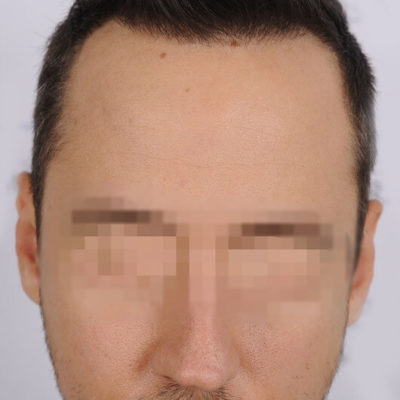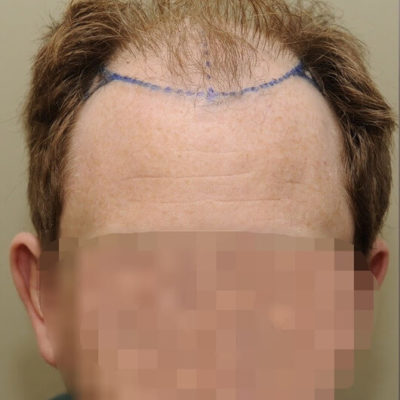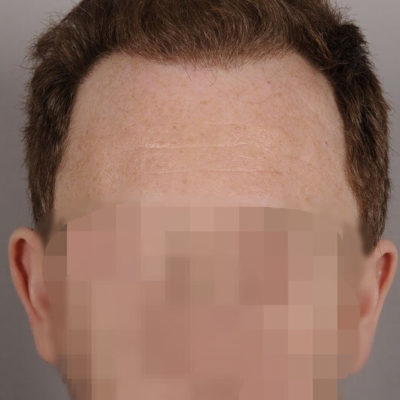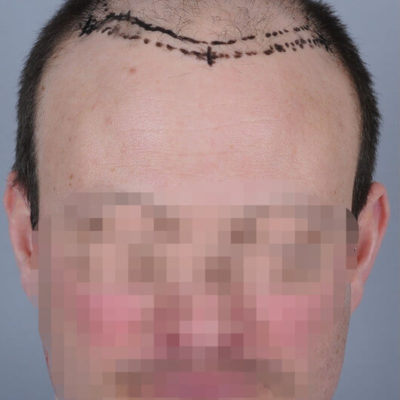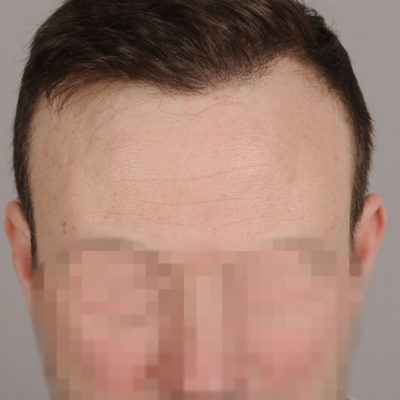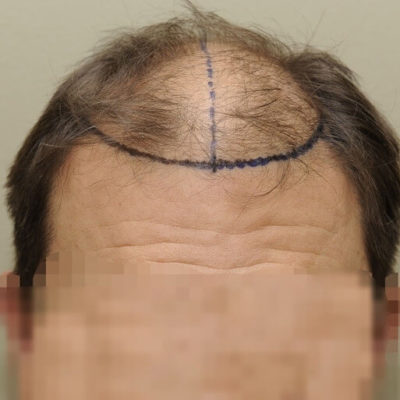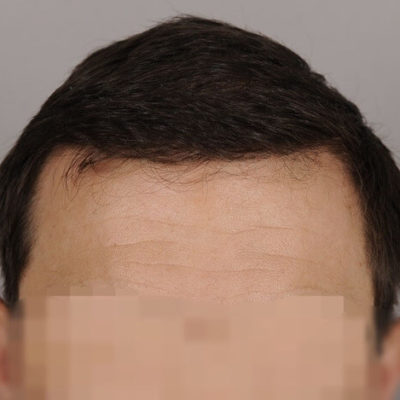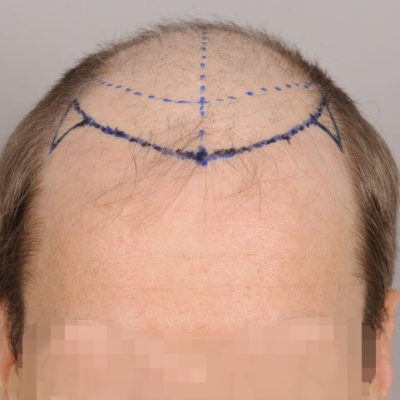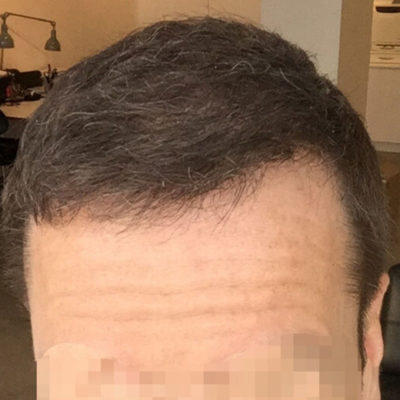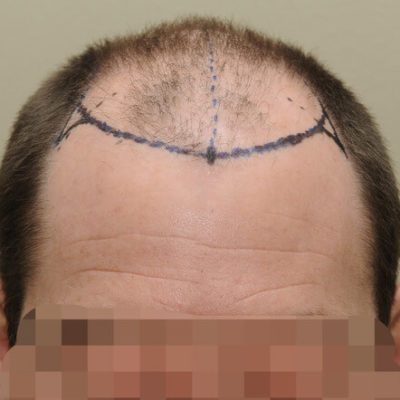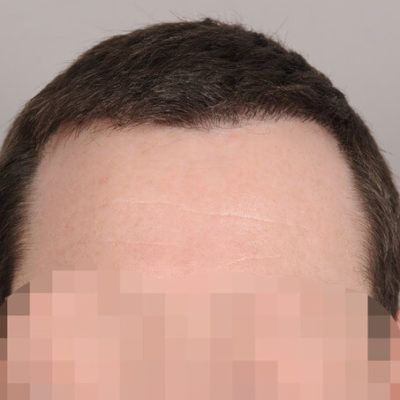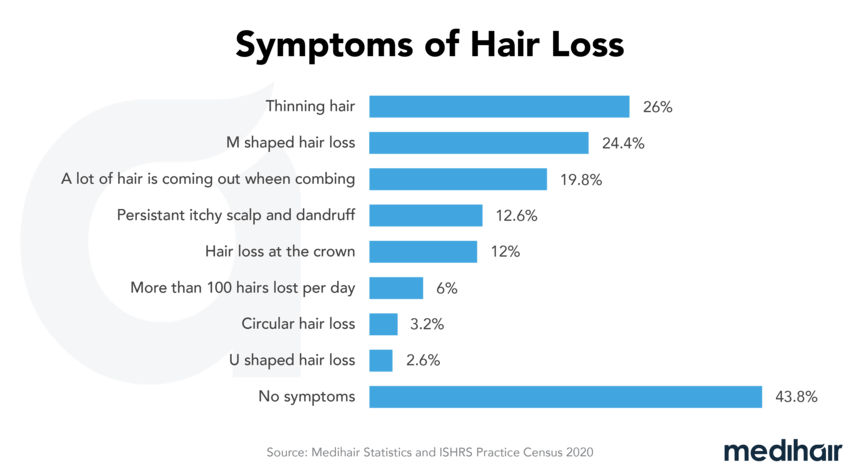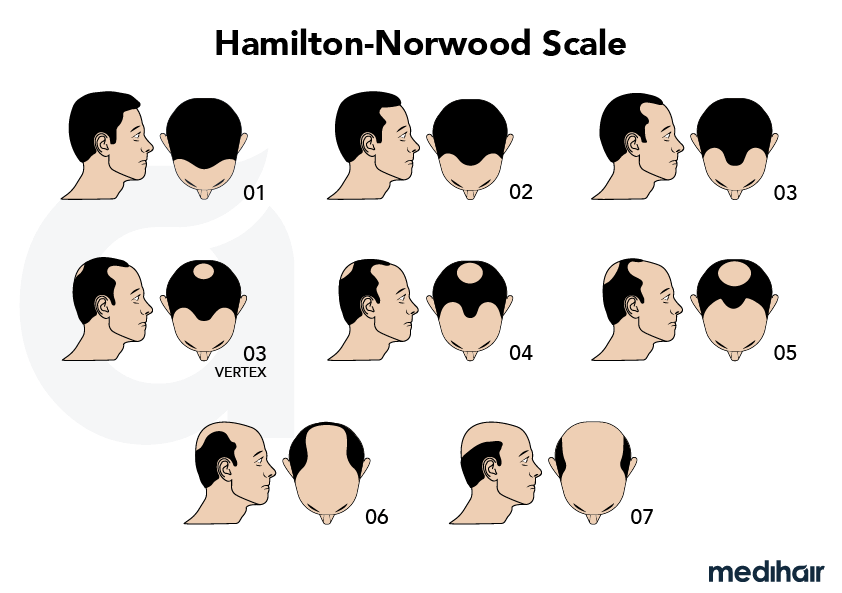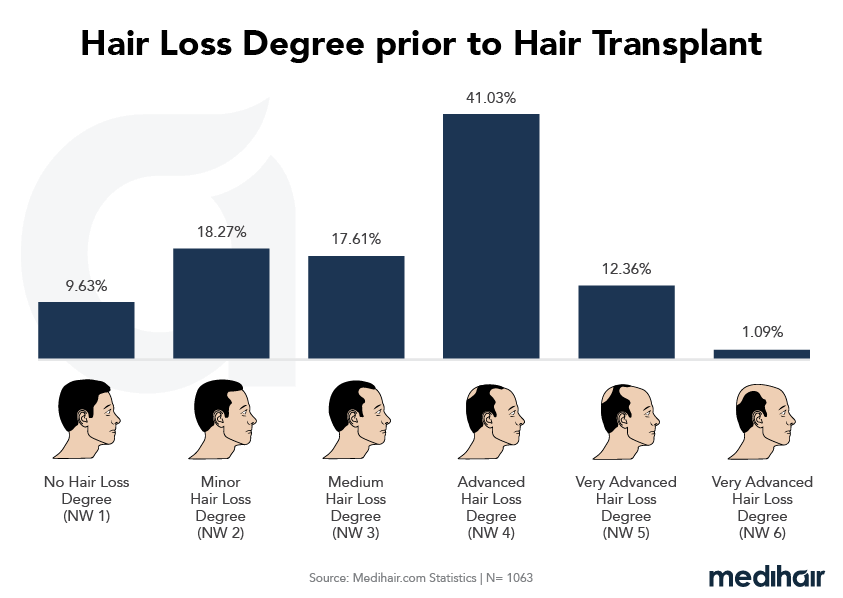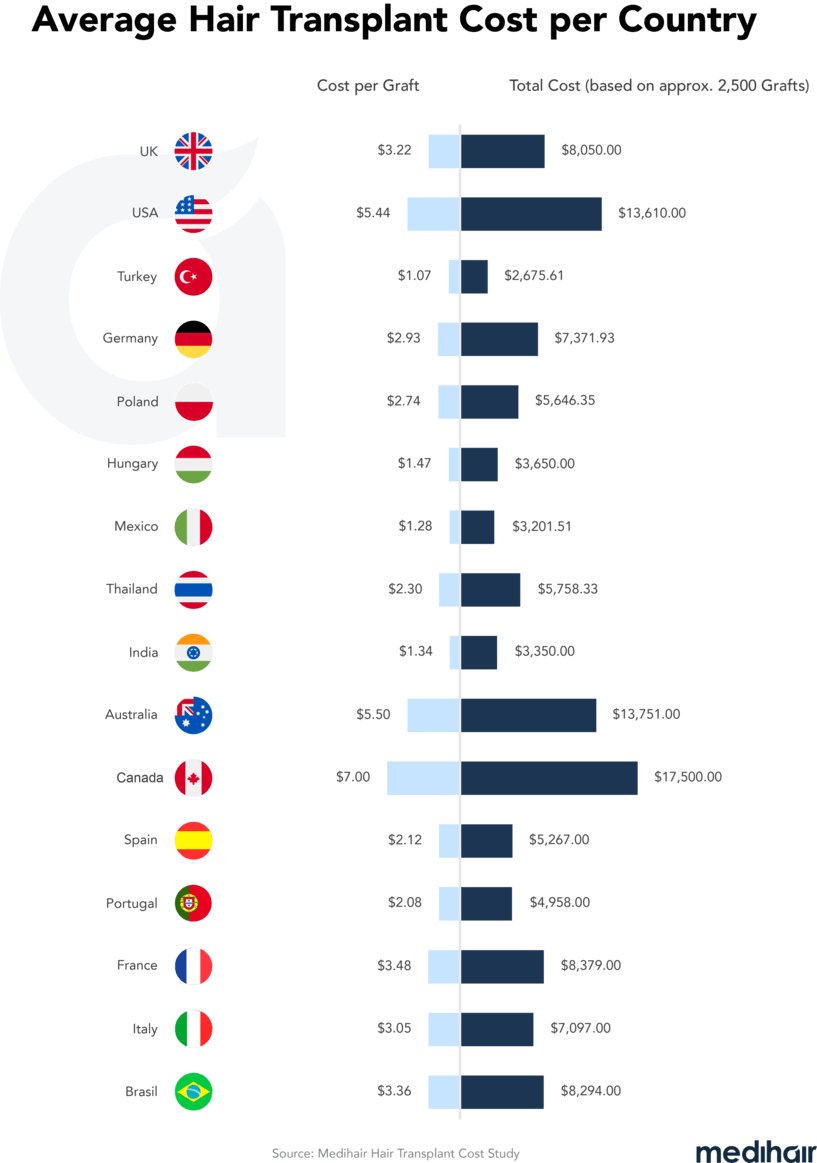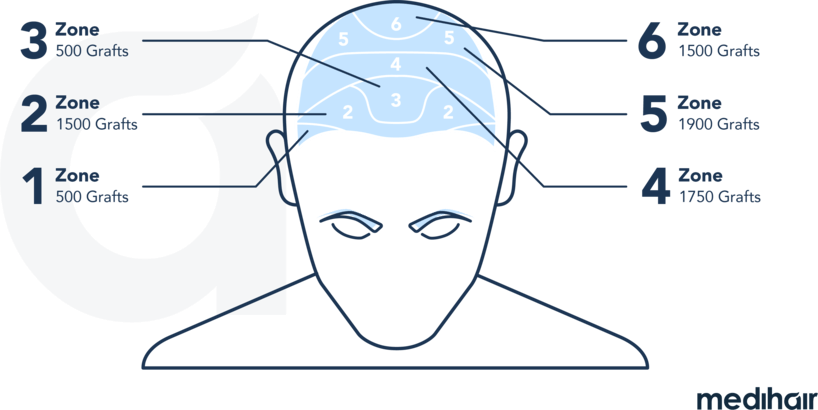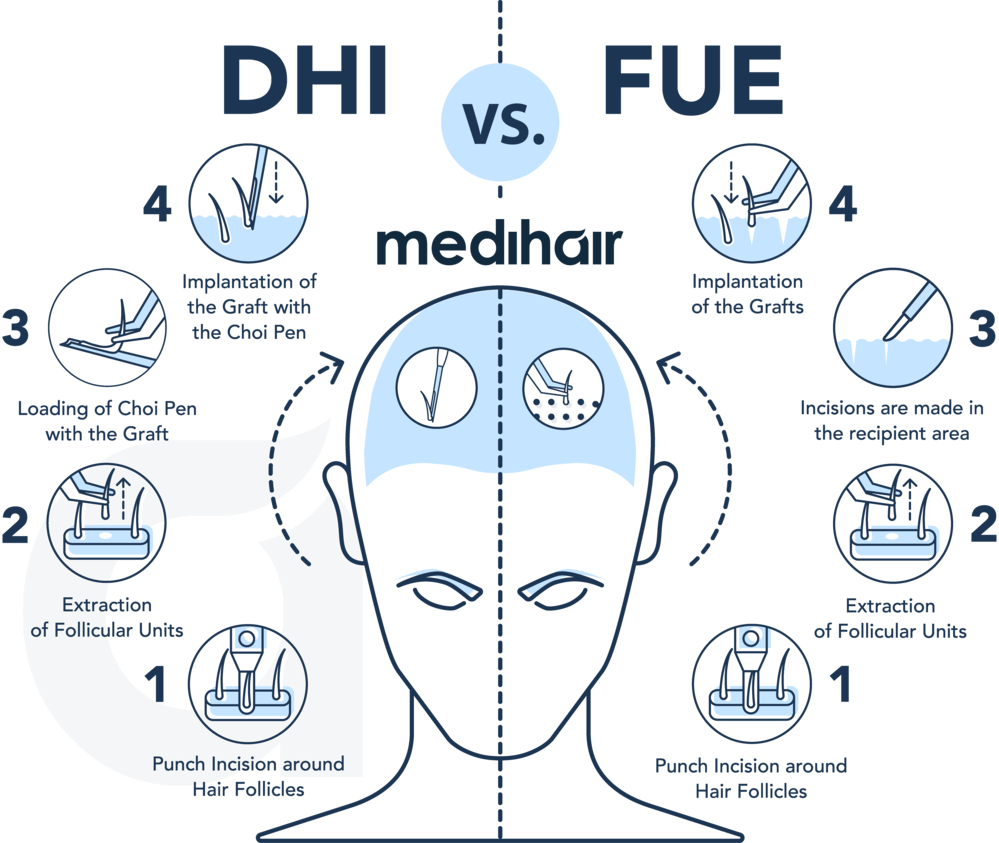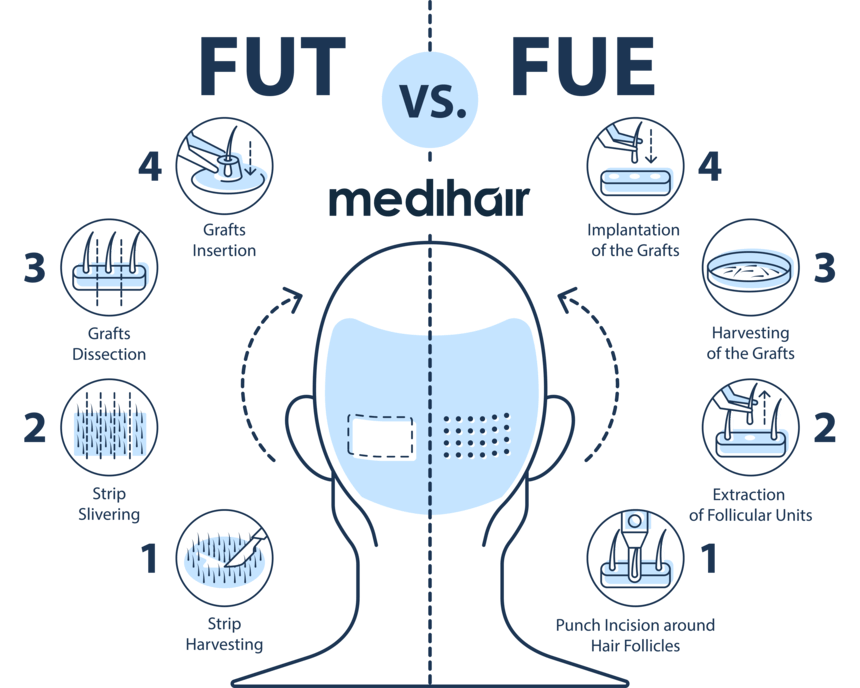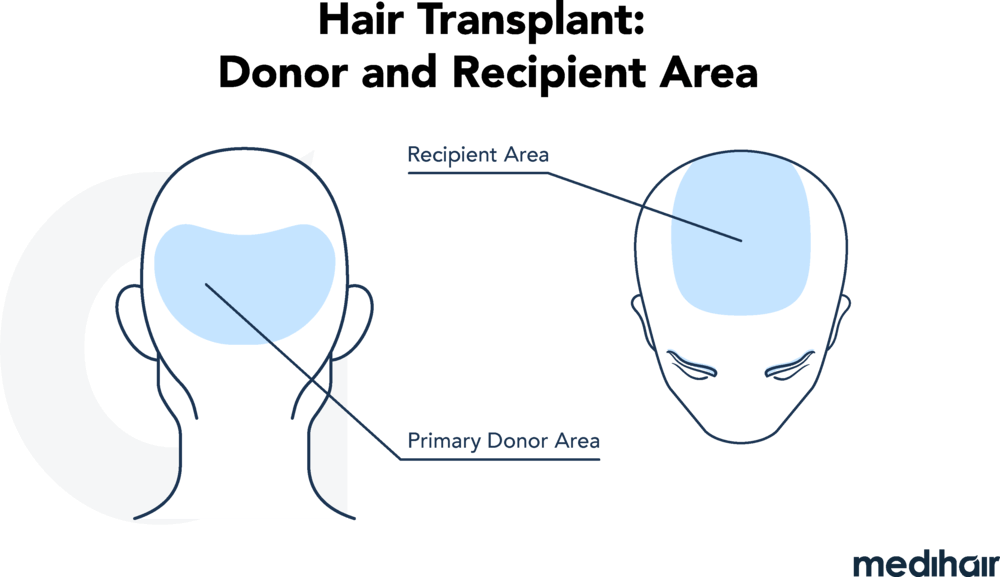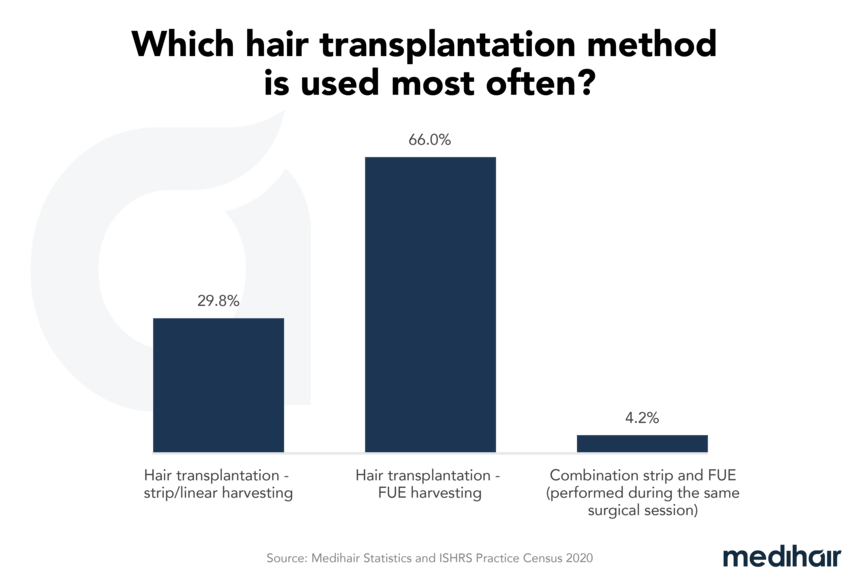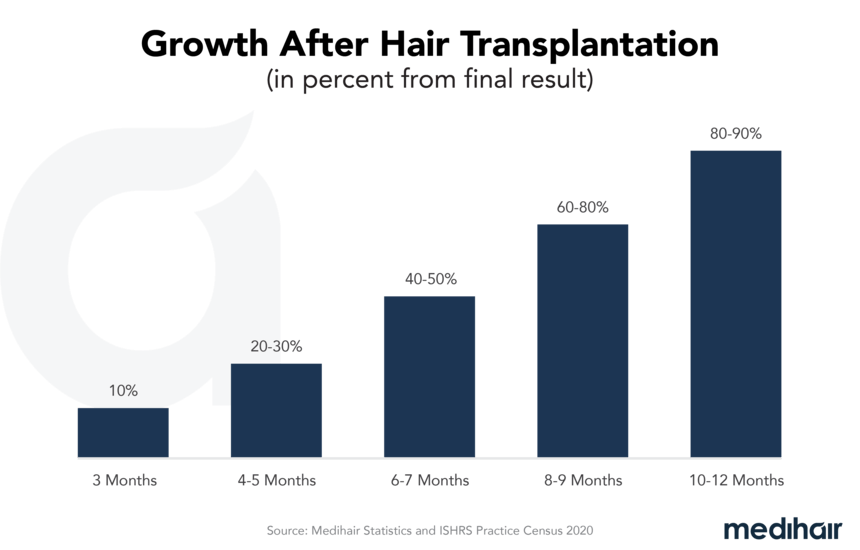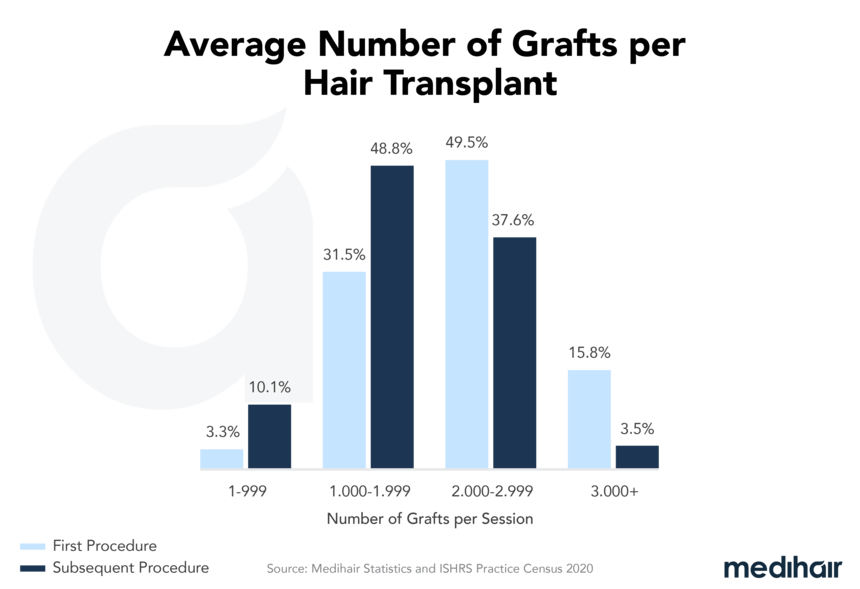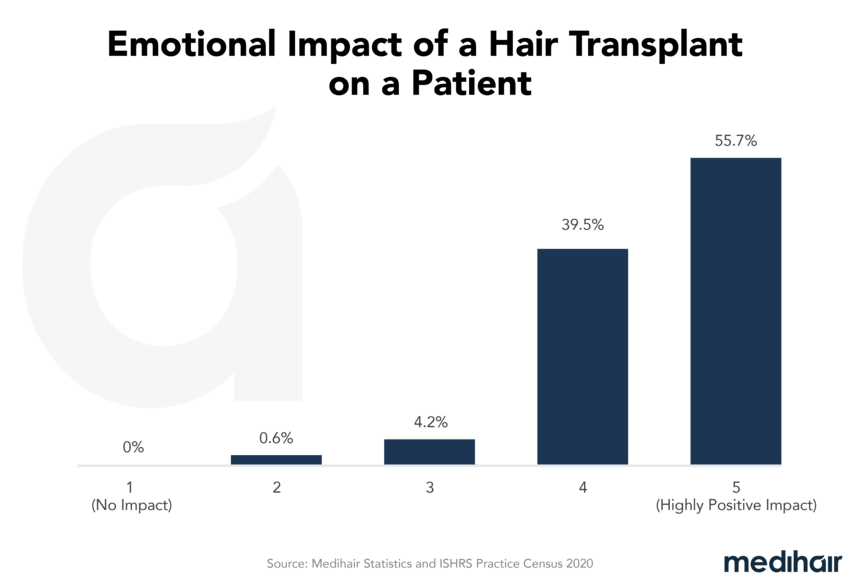Hair Transplant Guide (2024)

Do you want to learn more about hair transplantation (methods, costs etc.)? Are you overwhelmed by the flood of information on the Internet? Then this is the right website for you. At medihair we have created the complete A-Z guide to hair transplantation.
Fast Facts
| Costs | $2,000 – $15,000 |
| Methods | FUE, FUT, DHI etc. |
| Duration of surgery | 5 - 9 hours |
| Anaesthesia | Local anaesthesia |
| Side Effects | Temporary swelling and redness |
| Able to work | 10 days after FUE / DHI |
| Scarring | Normally non-visible (FUE / DHI) |
| Sport | 4 weeks after surgery |
| Recovery | 5 - 10 days (depending on method) |
| Final result | After 12 months |
- Free
- Fast
- Non-binding
| Pro | Cons |
|---|---|
| Hair transplantation offers a sustainable, long-term solution to hair loss that requires little to no mainte-nance. | A hair transplantation is considered to be a surgical procedure, and as such there are associated risks like infection, these are relatively low for hair transplants though. |
| There are very few, small side effects from the pro-cedure which usually alleviate within weeks of the transplant. The drug finasteride can impair the sex drive and cause depression. | There are minor side effects such as swelling, tension, slight bleeding, and feelings of numbness. These will all subside in the first week after the procedure for most patients. |
| Although the initial cost of a hair transplant is quite large the money an individual spends on other hair loss remedies over many years is nearly equal. An individual will spend an average of 10,000 USD on minoxidil over a 30-year treatment period. | Hair transplants cost an average of 1.07 USD per graft in Turkey and 3.22 USD per graft in the UK. With an average of 2,500 grafts being transplanted this can be quite costly. |
| A hair transplant can dramatically improve an indi-vidual’s self-esteem. | There is a risk of the transplant having unnatural results, however this is very low when a surgeon has lots of experience with these procedures. |
- Free
- Fast
- Non-binding
Frequently Asked Questions
How much does the hair transplantation cost?
How successful is a hair transplantation?
How long does a hair transplantation last?
Is hair transplantation painful?
How long does it take after the hair transplantation to achieve the final result?
Do you have to shave your head for a hair transplant?
Is it possible to wear a hat after a hair transplantation?
Source
